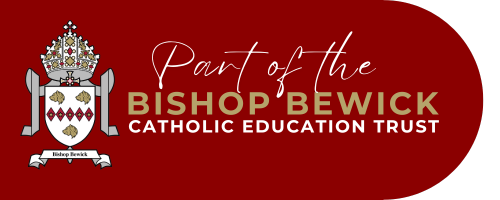
PHONICS
ESSENTIAL LETTERS & SOUNDS
At English Martyrs’ Catholic Primary School, we believe that being able to read and write are the vital skills that enable us to understand and express ourselves more effectively.
These skills open the door to learning. We passionately believe in helping children to develop not only the technical skills of reading and writing, but also in engendering a love for literature and the different genres of writing.
All of our teaching and support staff have been trained in the phonics programme ‘Essential Letters and Sounds. Our teaching of reading and writing within the school is, therefore, based on the Essential Letters and Sounds Programme (ELS). This begins very early on when children join in Reception and continues until a child is a confident and competent reader and speller. ELS is one of the DfE approved schemes.
The knowledge of sounds and symbols is an important starting point for understanding and using written language and we believe that a strong and consistent approach to the teaching of phonics is vital for our children to begin to access the rest of the curriculum. This is, however, used in conjunction with many other strategies to help children to begin to read and write.
AN INTRODUCTION TO LETTERS & SOUNDS
Click on the link below to open up a document which will cover the answers to some key questions about Essential Letters and Sounds and provide furtherinformation about the programme we use, at English Martyrs to deliver phonics teaching.
The presenation will cover:
-
What is Phonics?
-
What is Essential Letters and Sounds?
-
How we teach phonics
-
Getting children ready to read
-
Supporting your child with reading at home
-
Pronouncing pure sounds
-
Using the letter formations and spelling sequence to support writing at home
PHASE 2 SOUNDS
In Phase 2, children begin to learn the sounds that letters make (phonemes). There are 44 sounds in all. Some are made with two letters, but in Phase 2, children focus on learning the 19 most common single letter sounds. ‘
By the end of Phase 2 children should be able to read some vowel-consonant (VC) and consonant-vowel-consonant (CVC) words, and to spell them out. They also learn some high frequency, ‘harder to read and spell words’ (tricky words) like ‘the’ and ‘go.’ This phase usually lasts about six weeks.
The video above will help you to practice the sounds with your children. It is important that the 'pure sounds' are used to enable the children to sound and blend the words correctly.
PHASE 3 SOUNDS
Phase 3 introduces children to the remaining, more difficult and/or less commonly used phonemes. There are around 25 of these, depending on which scheme is followed, mainly made up of two letters such as /ch/, /ar/, /ow/ and /ee/. ‘We need these sounds to be able to read and form useful words,’ says Sara.
Alongside this, children are taught to recognise more harder to read and spell words (tricky words), including ‘me,’ ‘was,’ ‘my,’ ‘you’ and ‘they’. They learn the names of the letters, as well as the sounds they make. Activities might include learning mnemonics (memory aids) for tricky words
The video above will help you to practice the sounds with your children. It is important that the 'pure sounds' are used to enable the children to sound and blend the words correctly.



